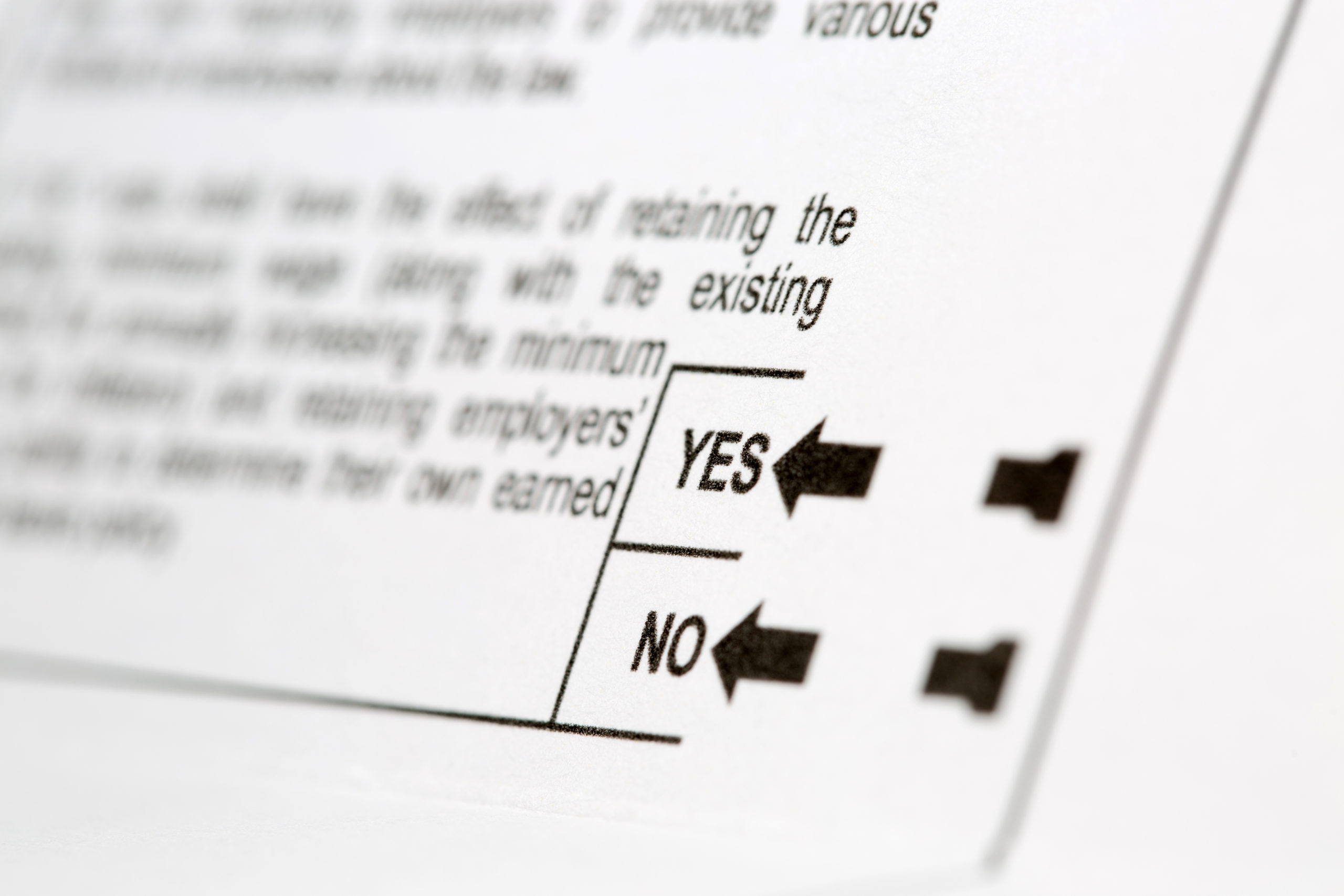 Thus far this season, California has been hit hard by the elements, as many of you are likely too well aware, as torrential precipitation has dumped an overwhelming amount of water on both the northern and southern portions of the state. While these ordeals have made our five-year drought seem like a distant memory, they have also wreaked havoc on many of us. The enormity of this catastrophe was vividly shown by the failures of the Oroville dam spillways, which necessitated the evacuation of nearly 200,000 people in several counties of Northern California.
Thus far this season, California has been hit hard by the elements, as many of you are likely too well aware, as torrential precipitation has dumped an overwhelming amount of water on both the northern and southern portions of the state. While these ordeals have made our five-year drought seem like a distant memory, they have also wreaked havoc on many of us. The enormity of this catastrophe was vividly shown by the failures of the Oroville dam spillways, which necessitated the evacuation of nearly 200,000 people in several counties of Northern California.
Closer to home, in Silicon Valley, flooding struck hundreds of properties located in San Jose, as Coyote Creek breached its banks due to substantial releases of water from Anderson Reservoir in Morgan Hill, which had been threatening to overflow for several days as a result of weeks of heavy rains. After one last series of storms struck, the reservoir spilled over, causing what experts described as a “once-in-a-100-year flood event.” With little warning, over 14,000 residents were forced to evacuate, and rising water levels caused damage to both homes and businesses alike.
Under California Revenue and Taxation Code Section 170, owners of real property in San Jose and other areas of California that have been impacted as a result of these misfortunes may qualify for a temporary reduction in the assessed value of their real property, in the event the harm to that property exceeds $10,000. Such reassessment could result in the reduction of the owner’s real property tax bill for the period of time between the incidence of the damage and completion of the repair or reconstruction of the property.
Property owners seeking reassessment must submit an application describing the condition and value of the property immediately after the damage or destruction and the dollar amount of the damage. The deadline for submitting an application is no later than (a) twelve (12) months after the date the damage occurred or (b) if the assessor’s office gives notice to the owner of a possible reassessment, sixty (60) calendar days after the notice, whichever last occurs. Photographs and any other relevant documentation, such as repair estimates, should accompany the application. Once the property has been fully restored, the property will then be assessed at its previous base year value if the property is rebuilt in a like or similar manner. For residents and business owners who were affected by the Coyote Creek flooding in San Jose, the Santa Clara County Assessor’s Office has provided detailed information regarding these property tax relief programs on its website, as well as a downloadable claim form for submitting an application.
Furthermore, if the governor declares a state of emergency with regard to any of these calamities, state law furnishes substantial additional remedies, subject to certain restrictions. California Revenue and Taxation Code Section 69 allows the base year valuation of any real property that has been substantially damaged or destroyed to be transferred to comparable replacement property acquired within the same county within five (5) years of the event. In addition, California Revenue and Taxation Code Section 69.3 permits the base year value of a dwelling that has been substantially damaged or destroyed to be transferred to a comparable replacement dwelling located in another county acquired within three (3) years of the disaster.
County Assessor Larry Stone has urged that all affected property owners in Santa Clara County get in touch with his office for information on these property tax relief programs. This information may be obtained through the County Assessor’s website or by telephone at (408) 299-5500.



